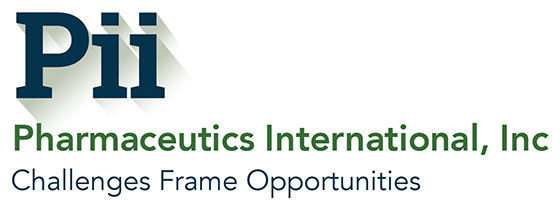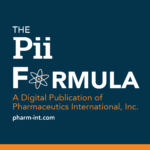4 BTN, Tech Transfer, December 23
Tech Transfer - 4 By The Numbers - December 2023


A tech transfer requires more than $5M
In the pharma and biotech industry, the process of technology transfer (TT) plays a critical role in the journey from initial concept through to commercialization of a new medicine or product. Yet today’s processes are slow and costly.1 As well as having different functions and skillsets, all the experts involved in technology transfer use different strategies and systems for storing and sharing their knowledge. What’s more, operational technology for commercial manufacturing is not well integrated with business and digital applications (such as Enterprise Resource Planning systems for aligning the production process with the set-up of physical plants). This means that significant effort must be expended on managing and maintaining paper-based documentation and associated processes.
According to digital tech company, Atos, the average technology transfer process involves around 30 cross-functional experts; an average of two tech batches (upscaled production for evaluation of technological capabilities); and three validation batches (commercial scale batches to validate the manufacturing process and reach the Golden Batch as a reference for future production). In addition to the full-time expertise that is required (costing an average of $5 million), the average costs for each batch are $2.5 million (for the tech batch and the validation batch). In a competitive market, these costs – and the negative impact on time-to-market – are increasingly difficult for companies to bear.
Reference
 A tech transfer can last 18-30 months
A tech transfer can last 18-30 months
The typical TT process is invisible to patients and, ironically, even to many professionals in the industry. Clinical trials in pharma can take between five and eight years. Tech transfer times for sterile dosage forms, such as injectable vaccines, range from 18 to more than 30 months. 1 Because this timeline is shorter than the average clinical trial length, pharmaceutical engineers can work carefully and diligently on the transfer process, knowing it is not on the critical path.
According to McKinsey & Company, the duration of a tech transfer is driven by eight main steps with eight functions at two sites, often also involving equipment and material suppliers. Each of the steps contains around 20 to 30 separate activities, so individual actions number in the hundreds. The variety of functions involved is spread across the donor site, the receiving site, and sometimes a headquarters site.
Critical to shortening TT timelines will be best-in-class transfer practices, starting with a detailed best-practice process map. Companies that do it fastest use a control tower approach, where all activities are visible and a clear meeting cascade ensures fast communication and escalation of issues for leadership attention.
Reference
 An improperly defined process is the #1 reason for tech transfer failure
An improperly defined process is the #1 reason for tech transfer failure
The failure of a Technology Transfer process will, at best result in delays to product sales and increased costs, and at worst may lead to 483 notices, warning letters, loss of reputation and most importantly an impact on the health of potential recipients of the treatment.1
According to BlueHatch Consultancy, the following rank as the top five reasons for TT failure:
-
- Product/process not properly defined. Improperly characterized product and improperly defined production process can result in delays, unwanted side effects, and unanticipated impurities.
- Lack of experience. Inexperienced manufacturing personnel may rely too heavily on process descriptions and standard operating procedures rather than their knowledge. Thus, they will find it difficult to recognize anomalies, faults or irregularities, leading to out-of-spec product.
- Lack of a TT plan. On average, expect more than 75 different processes to be performed during a typical TT; they need to be performed in a sequence and in concert with one another.
- Use of substitute equipment. A receiving site typically won’t have the exact same equipment as the donor site, which means there may be unintentional differences in processing and testing the product. Equipment may be substituted, leading to out-of-spec product.
- Dedicated TT manager. No matter how simple the project, it should be given to a dedicated manager or specialist to avoid missteps, delays, and extra costs.
References
Talk to a Pii Scientist
About Pii
Pharmaceutics International, Inc. (Pii) is a US-based contract development and manufacturing organization (CDMO) located in Hunt Valley, Maryland. The experienced scientists, engineers, and staff at Pii pride themselves on adroitly employing a phase appropriate method of drug development for the prudent use of their customer’s resources as they solve challenging problems. In addition to offering end-to-end development services, Pii manufactures a variety of dosage forms to include complex parenteral drugs and has a wealth of analytical testing capabilities. Its Hunt Valley campus has four aseptic suites with lyophilization capabilities. Our talented professionals stand ready to help!



